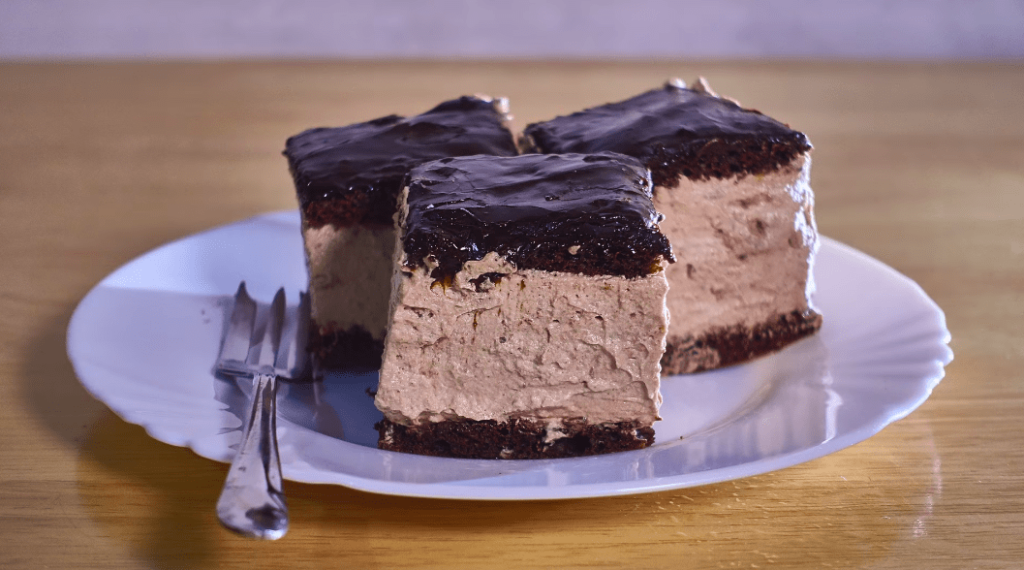One of the most popular desserts in Rijeka’s history was born out a forbidden love between a Romani violinist and a Belgian princess of American origin. A look to the famous rigojanči on April 18, 2018
Once upon a time – okay, not that long ago – every time someone asked me about my favourite dessert, they would always get the same reply: rigojanči. Years went by, and the peculiar name of the rich, luscious chocolate splendour my grandma used to make slowly started to instill confusion. Rigo-what?, people would say, so I gave up after a while and started to reply with tiramisu.
I haven’t had rigojanči in a while, nor have I seen its name cited in the media in the last five to ten years. And then, out of the blue, I came upon a feature dedicated to this heavenly cake and the fascinating story behind its origin. As Jutarnji reported on April 16, 2018, we’re about to witness a spectacular comeback of the legendary dessert owing to Svetozar Nilović Tozo, the founder and director of the Peek & Poke Computer Museum and the Museum of Childhood, both to be found in Rijeka.
Sometime in spring last year, Nilović was preparing an exhibition called ‘Return to the Moon’, a project organised in collaboration with the Maritime and History Museum of the Croatian Littoral. At one point, as he was taking a short break, he got a very specific craving: he wished for some rigojanči.
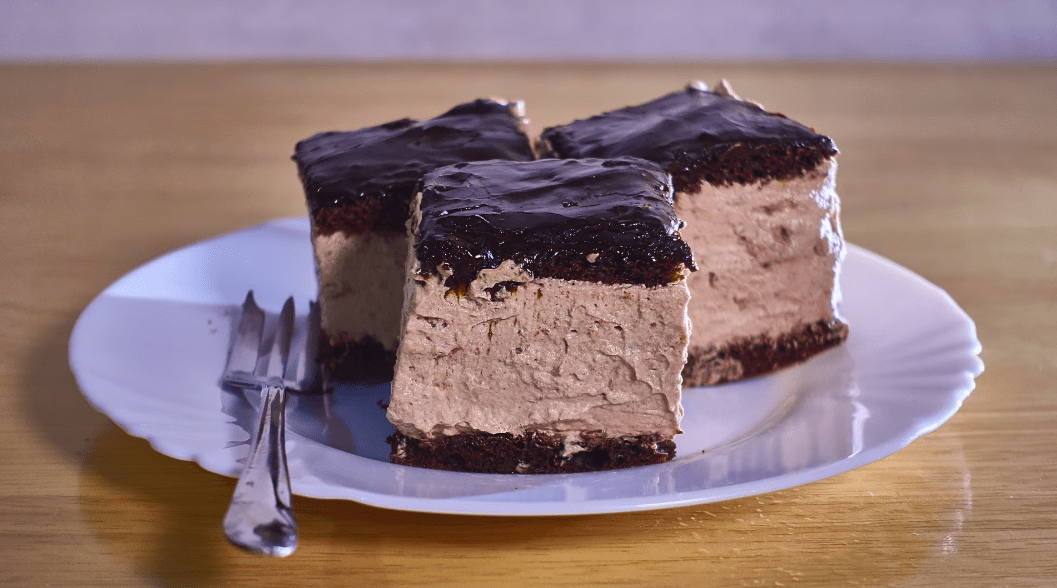
As it turned out, what had once been an incredibly popular dessert now became almost impossible to find. Nilović set off on a small quest, trying to track down rigojanči in the numerous bakeries and pastry shops operating in the centre of Rijeka – and came out empty-handed. “It’s almost completely extinct, having been replaced with kremšnita and other pastry. Rigojanči used to be a specialty of Rijeka; for example, I’ve talked to people from Zagreb who had never heard of it before. It wasn’t to be found in pastry shops elsewhere in Croatia either”, he said.
It truly was a local phenomenon: you could have enjoyed it in every venue in downtown Rijeka. If they served dessert, they definitely had rigojanči on the menu. A bit of a weird thing to ponder, as its name – pronounced ree-go-yan-chee – doesn’t hint at a Mediterranean origin, nor a Croatian one in general. No wonder: we adapted the name from the Hungarian original Rigo Jancsi, a name you’ll often found qouted in English sources.
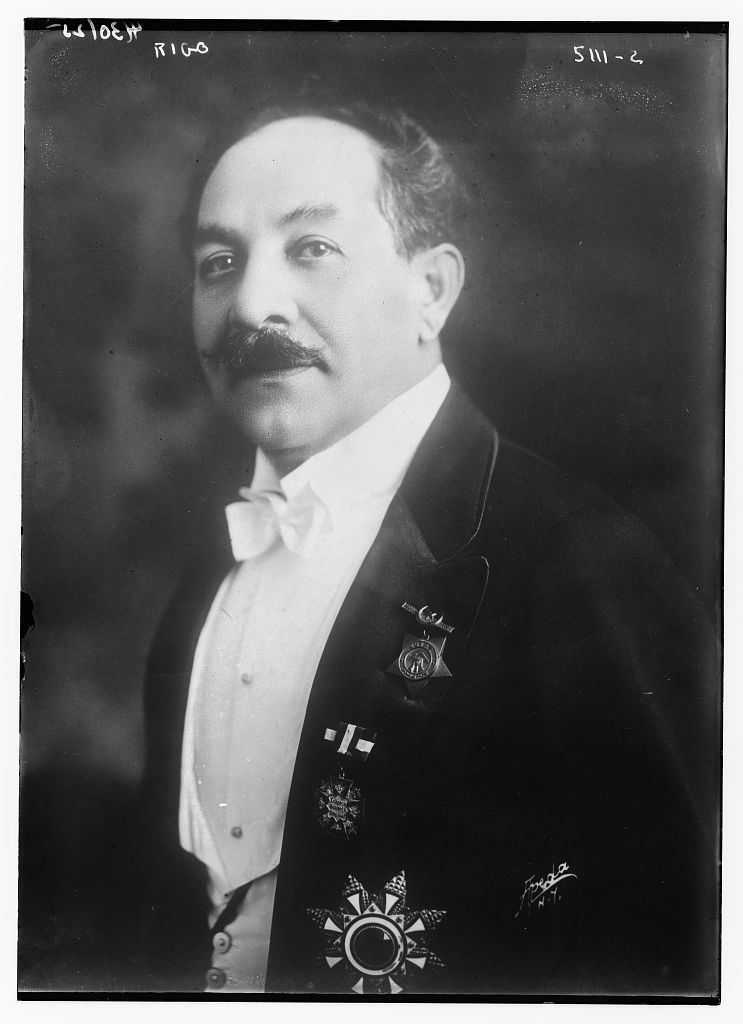
Here’s the story: the cake is actually named after Jancsi Rigó, a famous Romani violinist who took over the European scene by storm at the end of the 19th century. On one of his tours, he met Clara Ward, a daughter of the industrial magnate Eber Brock Ward from Detroit. The two hit it off right away, and their story might have been only an average romance if it weren’t for a small problematic detail: Clara was married to the Belgian prince Charman-Chimay which, naturally, also made her a princess. And so a regular romance actually blossomed into a forbidden love, a scandalous story that spread like wildfire all over Europe. In a way, Rigó and Clara became celebrities before the celebrity culture was even born in the first place – their every move was enthusiastically followed by reporters, papers were obsessed with their relationship, and the public was scandalised and intrigued in equal measure.
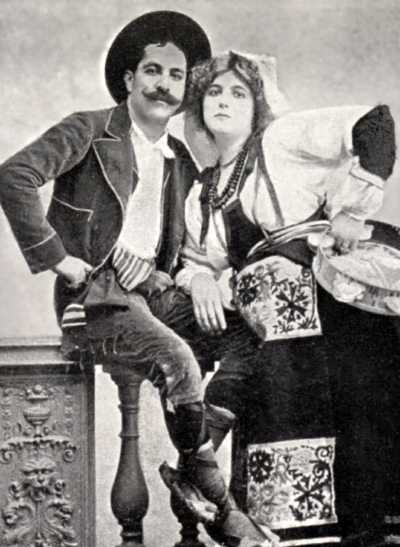
Clara married the Belgian prince in 1890 when she was only 16 years old. She met Rigó in the mid-1890s; the couple got married in secret, and Clara went on to formally divorce the prince in 1897. She was a real beauty, a muse to Toulouse-Lautrec, allegedly courted by Marcel Proust, and serving as inspiration for Simone Pistache, a character Shirley MacLaine played in the musical ‘Can-Can’ written by Cole Porter. Countless postcards featured her image, and there’s even a legend saying the German emperor Wilhelm II banned her photographs in the German empire as he thought her beauty too provocative.
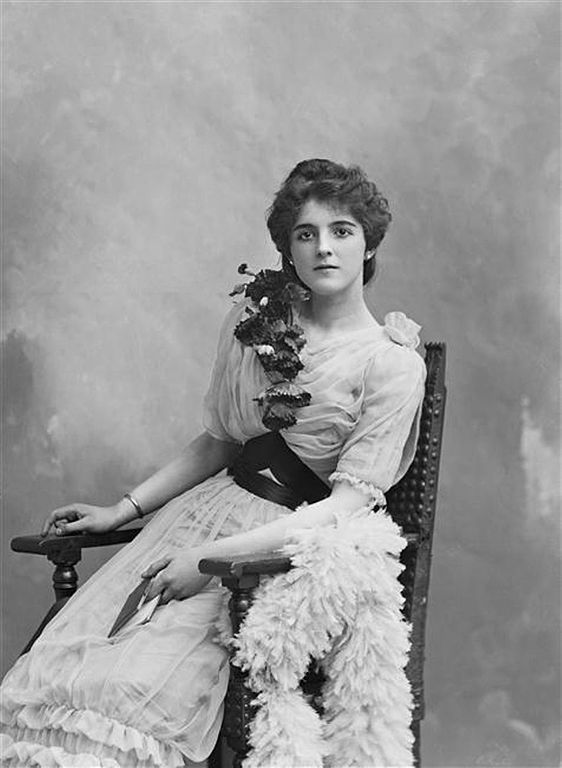
As it often goes with forbidden love stories, the relationship between Clara and Rigó didn’t have a happy ending. It’s been said the famous musician wasn’t faithful to the princess, his infidelity causing her to leave him at the beginning of the 20th century. She re-married twice, first in 1904 to an Italian named Peppino Ricciardo, then to another man only referred to as Signore Cassalota. Clara died on December 9, 1916 in Padua at the age of 43 – and they say she never got over the break-up with Rigó. The virtuoso didn’t take the separation easily either, moving to New York in 1911. He tried to rebuild his music career on the other side of the Atlantic, but only experienced failure – he passed away in 1927, aged 69. Freezing and emaciated, playing on the streets, where they allegedly found him dead.
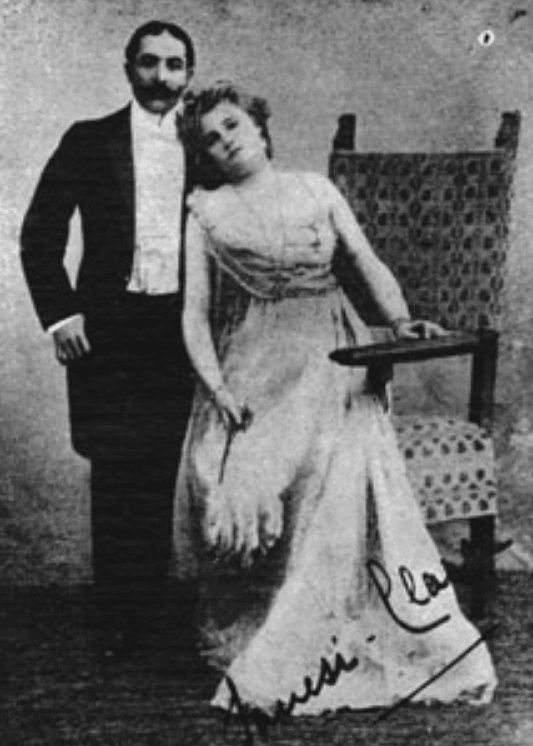
The love story might have had a tragic ending, but there’s one good thing to have come out of it: rigojanči. Intrigued by his failed attempt to hunt down a coveted piece of dessert in Rijeka, Nilović got an idea which has since grown into a large-scale project. He contacted the Hungarian Embassy and the Hungarian Institute of Culture in Zagreb, two museums in Hungary, and met with a Hungarian historian named Katon Csaba who had spent a good deal of time researching Rigó’s life and career.
According to Csaba, Clara and Rigó spent some time in Rijeka, where Rigó performed between 1894 and 1896. At the time, Rijeka was ruled by Hungary as a corpus separatum, and the city used to be quite popular among the Hungarians. It was in those several years that Rigó wanted to take his partner to Pakozd, his village of birth near Székesfehérvár in Hungary, so he could introduce her to his parents. Along the way, the iconic dessert was born, soon becoming popular all over the Austro-Hungarian empire.
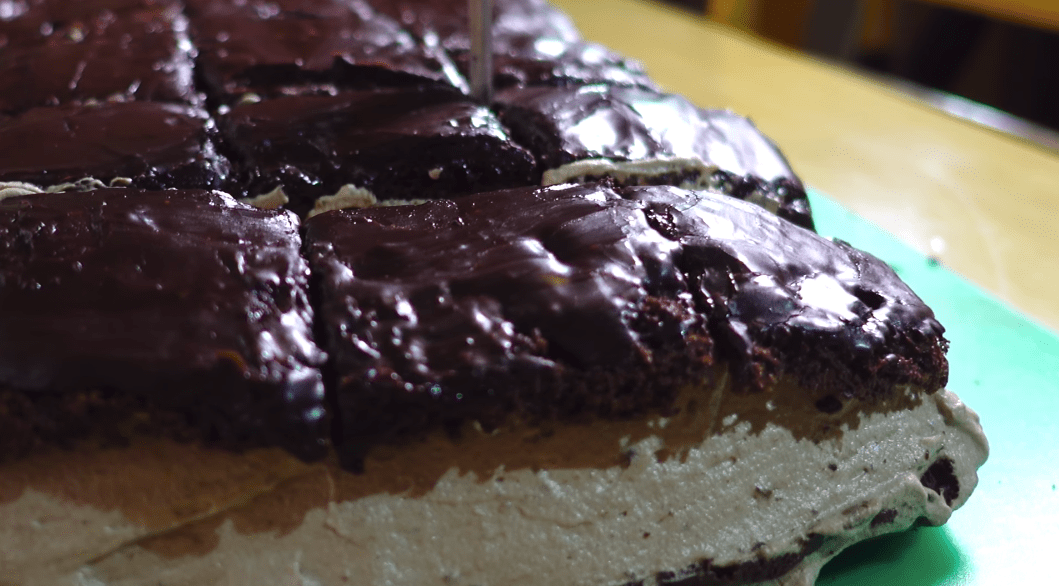
As Nilović stated, there are several version of rigojanči’s origin story, and it’s impossible to establish which one is historically accurate. One says the cake was first made by a chef in a certain restaurant in Paris which hosted Rigó and his orchestra. Another claims rigojanči was created in a pastry shop in Vienna. And then there’s the third, claiming it was Rigó Jancsi himself who actually made the first batch of the famous dessert, serving it to Clara and saying: “Try it, it’s brown like my skin, and sweet like your heart.”
Starting from Rijeka, rigojanči soon conquered other parts of Croatia and Austria-Hungary as a whole. It’s quite a simple recipe, at least on paper: melted chocolate, butter, sugar, eggs and flour, resulting in two layers of lush sponge cake and a lavish chocolate cream filling in the middle.
Following his Hungarian expedition, Nilović devised a project that will pay proper tribute to rigojanči. In collaboration with the Maritime and History Museum, he’s preparing a project named ‘Rigó Jancsi – love as sweet culinary inspiration’. This autumn, the city will host an exhibition dedicated to desserts and pastry shops of the 19th-century Rijeka, featuring plenty of yet-unseen artefacts such as Rigó’s birth certificate and his US visa. The team is preparing a book for children inspired by the grand love story, written by Anđa Marić and illustrated by the acclaimed Croatian artist Tomislav Torjanac. A children’s theatre play, cooking classes, lectures and workshops… truly an attractive programme. And to top it off, the Cont bistro housed in Hotel Contintenal in Rijeka will reintroduce rigojanči to their menu, launching the long-awaited revival of this legendary cake.
Photo credit: Wikimedia Commons, YouTube

